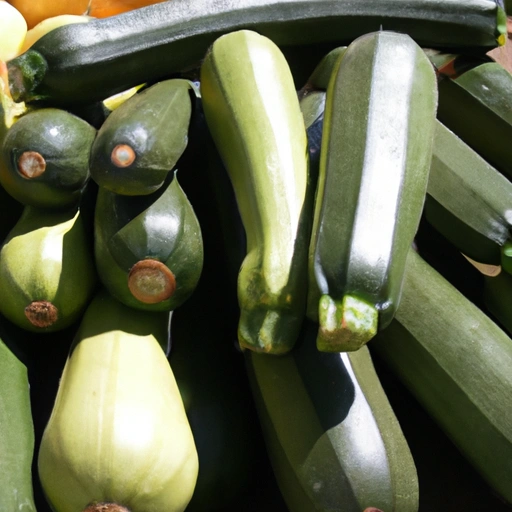Vegetable Marrow
Description

Vegetable marrow, also known as marrow squash, is a type of summer squash that closely resembles zucchini in flavor and texture. It is cylindrical in shape, with a smooth, thin, edible skin that ranges from light green to cream in color. The flesh inside is tender, moist, and pale, with a slightly sweet and nutty flavor. Generally harvested when it is young and tender, vegetable marrow can grow to a substantial size if left on the vine but is most commonly used in cooking while still small and delicate.
Common uses
Vegetable marrow is used in a myriad of culinary applications, from being the star ingredient in a dish to playing a supportive role in complex recipes. Its subtle flavor makes it a versatile component in soups, stews, curries, stir-fries, and stuffed vegetable dishes. It also works well when grilled, roasted, or sautéed and can be used as a low-carb substitute for pasta in dishes like lasagna or spaghetti.
Nutritional value
Calories
A 100g serving of vegetable marrow contains approximately 15 kcal (63 kJ).
Protein
Vegetable marrow provides about 1g of protein per 100g serving.
Fat
This squash is low in fat, with less than 0.2g per 100g serving.
Carbohydrates
There are about 3g of carbohydrates in a 100g serving of vegetable marrow, most of which are from natural sugars and dietary fiber.
Vitamins
Vegetable marrow is a good source of Vitamin C and also contains Vitamin A, several B vitamins, and vitamin E.
Minerals
The squash provides minerals such as potassium, magnesium, and small amounts of iron and calcium.
Health benefits
Rich in vitamins and minerals, vegetable marrow can support immune function, skin health, and overall well-being. Its high fiber content aids in digestion and can assist in maintaining a healthy weight. The low calorie and carbohydrate contents make it an excellent choice for those on calorie-restricted or low-carb diets.
Potential risks
Vegetable marrow is generally safe to eat for most people. However, it is important to ensure it is not overripe or bitter, as this could indicate the presence of cucurbitacins, which can be harmful if ingested in large quantities. Individuals with allergies to squash should avoid consuming vegetable marrow.
Common recipes
Recipes that commonly include vegetable marrow range from British marrow jam to Middle Eastern stuffed marrow. It can be found in vegetarian ratatouille, Indian sabzi, and Italian minestrone soup.
Cooking methods
Vegetable marrow can be steamed, boiled, grilled, roasted, or sautéed. It's also suitable for stuffing and baking or being incorporated into breads and cakes.
Pairing with other ingredients
It pairs well with a variety of herbs and spices, such as basil, oregano, thyme, garlic, and cumin. It also complements other vegetables like tomatoes, bell peppers, and onions, as well as proteins including chicken, beef, and legumes.
Summary
Vegetable marrow is a nutritious, low-calorie food ingredient with a myriad of culinary uses across different cultures. Its mild flavor and tender texture make it an excellent addition to a range of recipes. From a nutritional standpoint, it offers a wealth of vitamins and minerals, contributing to a well-rounded diet. Its versatility in cooking methods ensures that it can be enjoyed in numerous forms, satisfying the palates of people from all over the world.